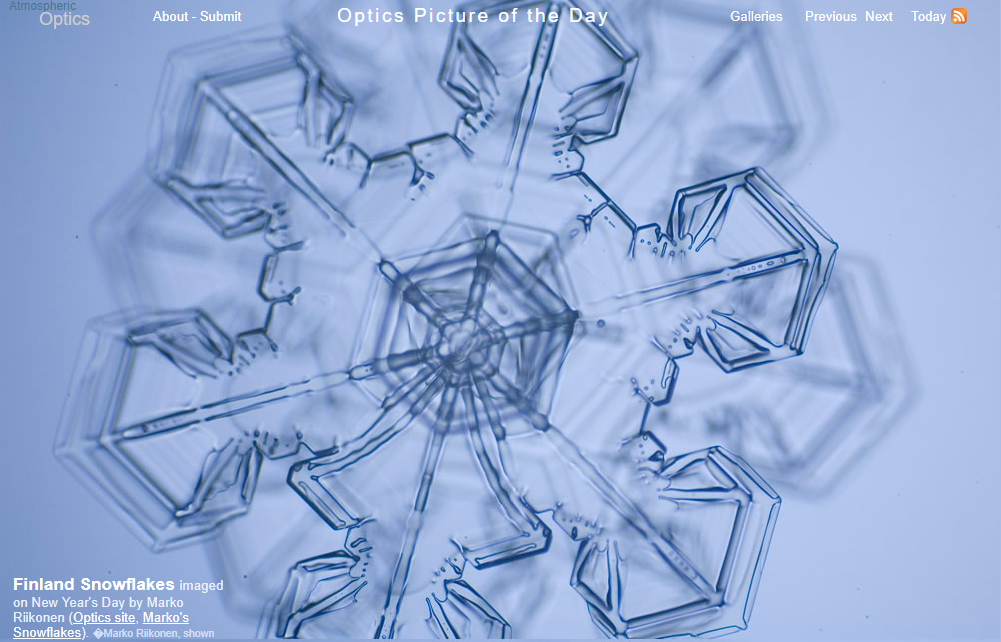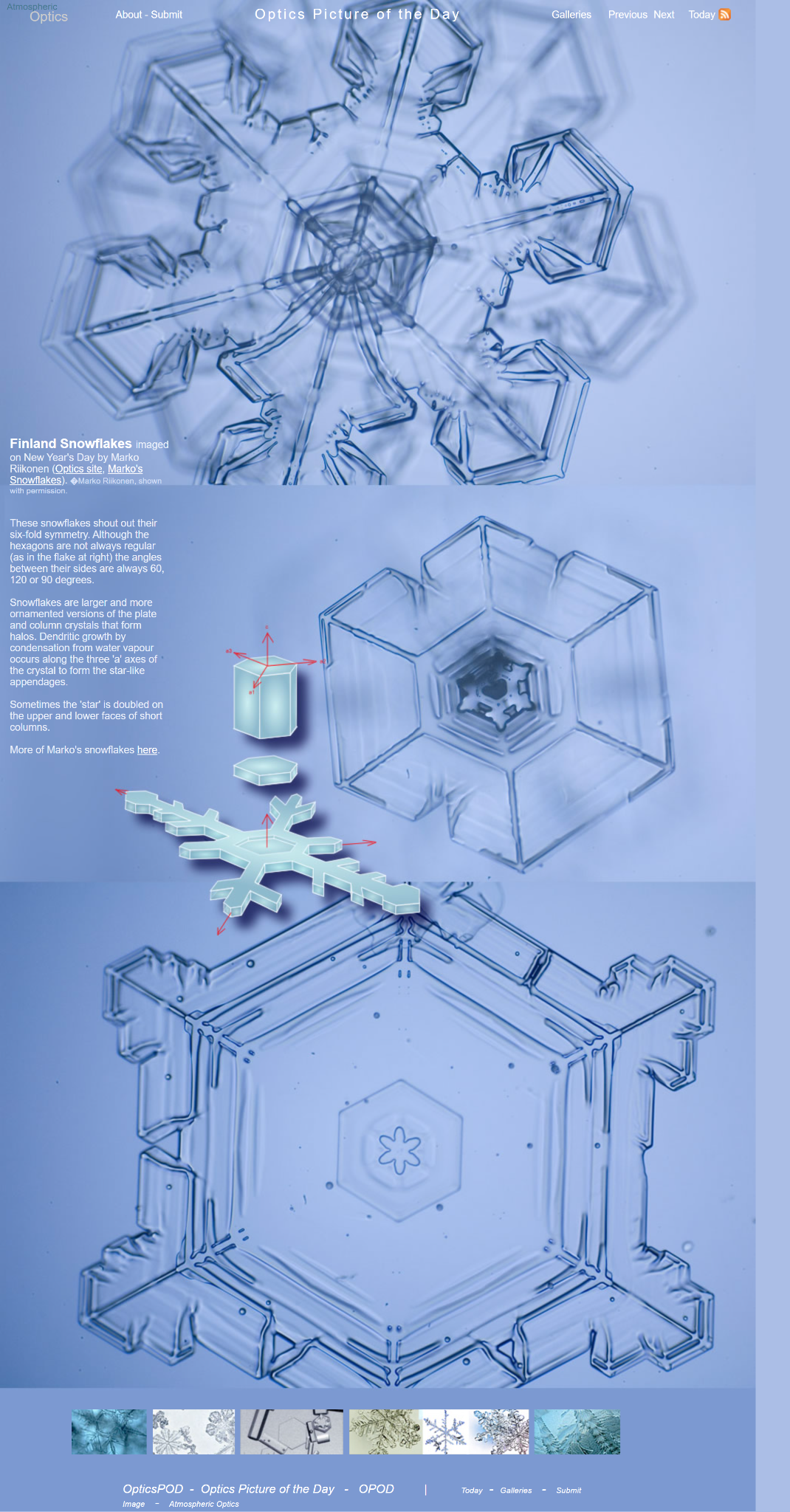Finland flakes
Finland Flakes: A Closer Look at Snowflakes in the Finnish Winter
The enchanting beauty of snowflakes has captivated people for centuries. These delicate ice crystals, each unique in its own way, create a winter wonderland that transforms landscapes into breathtaking scenes. Finland, with its snowy landscapes and cold climate, provides the perfect backdrop for observing these intricate structures. In this article, we will delve deeper into the fascinating world of Finland flakes and explore the mesmerizing characteristics that make them so special.
Unveiling the Symmetry of Snowflakes
One of the most striking features of snowflakes is their remarkable symmetry. Each snowflake showcases a six-fold symmetry, where the angles between their sides are consistently 60, 120, or 90 degrees. Although not always perfectly regular, the hexagonal shape remains a prominent characteristic. This unique symmetry is a result of dendritic growth, which occurs when water vapor condenses along the three 'a' axes of the crystal, forming intricate star-like appendages.
From Halos to Snowflakes
Snowflakes are larger and more ornate versions of the plate and column crystals that form halos. These halos, which often appear as luminous rings or arcs around the Sun or Moon, serve as a precursor to the formation of snowflakes. As water vapor condenses and freezes in the atmosphere, it adheres to tiny ice nuclei, growing into complex structures with multiple branches. The process of dendritic growth results in the formation of the intricate snowflake patterns we admire.
Exploring the Beauty of Finland Flakes
In Finland, where winter reigns supreme, snowflakes take on a whole new level of beauty. The cold climate and pristine environment create ideal conditions for the formation of intricate snowflakes. As temperatures drop, moisture in the air crystallizes, giving birth to an array of unique snowflake designs. Finland flakes often exhibit exquisite details, with delicate arms and elaborate branching patterns that resemble miniature works of art.
Marko Riikonen: A Snowflake Photographer Extraordinaire
One individual who has dedicated himself to capturing the mesmerizing beauty of Finland flakes is Marko Riikonen. Through his photography, he has immortalized these ephemeral ice crystals, allowing us to appreciate their intricate details and unique characteristics. Marko's photographs showcase the diversity of snowflakes, revealing the immense variation in their shapes and structures. His work serves as a testament to the wondrous complexity and sheer beauty of these frozen masterpieces.
The Captivating World of Snowflakes
Snowflakes have captivated scientists and enthusiasts alike for centuries. Each snowflake represents a tiny frozen world, shaped by the interplay of temperature, humidity, and atmospheric conditions. The intricate designs we observe are a testament to the extraordinary complexity of nature. From delicate dendrites to fern-like stellar plates, snowflakes come in a multitude of forms, each telling a story of its own. Studying snowflakes not only deepens our understanding of atmospheric physics but also provides us with a glimpse into the awe-inspiring intricacies of the natural world.
A Winter Wonderland of Diversity
While we often associate snowflakes with their classic hexagonal shape, the reality is far more diverse. Snowflakes can take on a wide range of structures, each influenced by subtle variations in temperature and humidity during their formation. Some snowflakes exhibit irregular shapes, with arms that deviate from the traditional hexagonal pattern. Others may have double stars or additional appendages on their upper and lower faces. The diversity of Finland flakes is a testament to the intricate dance between atmospheric conditions and the formation of these delicate ice crystals.
The Magic of Finland Flakes
There is something truly magical about witnessing the beauty of Finland flakes. As they descend from the sky, these intricate ice crystals transform the landscape into a winter wonderland. The delicate details and unique structures of each snowflake create a sense of awe and wonder. Whether it's admiring their hexagonal symmetry or marveling at the intricate branching patterns, Finland flakes remind us of the remarkable beauty that can be found in the smallest of natural phenomena.
Embracing the Wonder of Snowflakes
The study and appreciation of snowflakes go beyond mere scientific curiosity. It is an opportunity to connect with nature's wonders and find inspiration in the intricate designs that surround us. Finland flakes offer a glimpse into the captivating world of snowflakes, inviting us to explore their mesmerizing beauty. By taking the time to observe and appreciate these frozen masterpieces, we can gain a deeper appreciation for the intricate complexities of the natural world and the delicate balance that exists within it.
A Final Word
Finland flakes provide us with a captivating window into the enchanting world of snowflakes. Their intricate structures, diverse forms, and mesmerizing beauty remind us of the awe-inspiring wonders that exist in nature. Through the lens of photographers like Marko Riikonen, we can delve deeper into the mesmerizing details of these frozen masterpieces. So, the next time you find yourself in a snowy landscape, take a moment to appreciate the Finland flakes that grace the air around you. Their beauty is a testament to the extraordinary intricacies that lie within the smallest corners of our natural world.

Finland Snowflakes imaged on New Year's Day by Marko Riikonen (Optics site, Marko's Snowflakes). �Marko Riikonen, shown with permission.

These snowflakes shout out their six-fold symmetry. Although the hexagons are not always regular (as in the flake at right) the angles between their sides are always 60, 120 or 90 degrees.
Snowflakes are larger and more ornamented versions of the plate and column crystals that form halos. Dendritic growth by condensation from water vapour occurs along the three 'a' axes of the crystal to form the star-like appendages.
Sometimes the 'star' is doubled on the upper and lower faces of short columns.
More of Marko's snowflakes here.
Note: this article has been automatically converted from the old site and may not appear as intended. You can find the original article here.
Reference Atmospheric Optics
If you use any of the definitions, information, or data presented on Atmospheric Optics, please copy the link or reference below to properly credit us as the reference source. Thank you!
-
<a href="https://atoptics.co.uk/blog/finland-flakes/">Finland flakes</a>
-
"Finland flakes". Atmospheric Optics. Accessed on November 26, 2024. https://atoptics.co.uk/blog/finland-flakes/.
-
"Finland flakes". Atmospheric Optics, https://atoptics.co.uk/blog/finland-flakes/. Accessed 26 November, 2024
-
Finland flakes. Atmospheric Optics. Retrieved from https://atoptics.co.uk/blog/finland-flakes/.